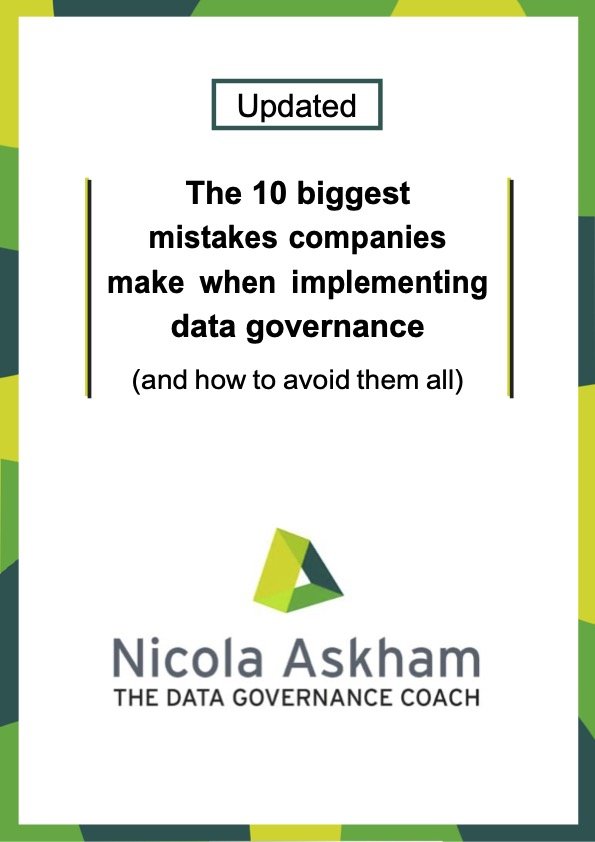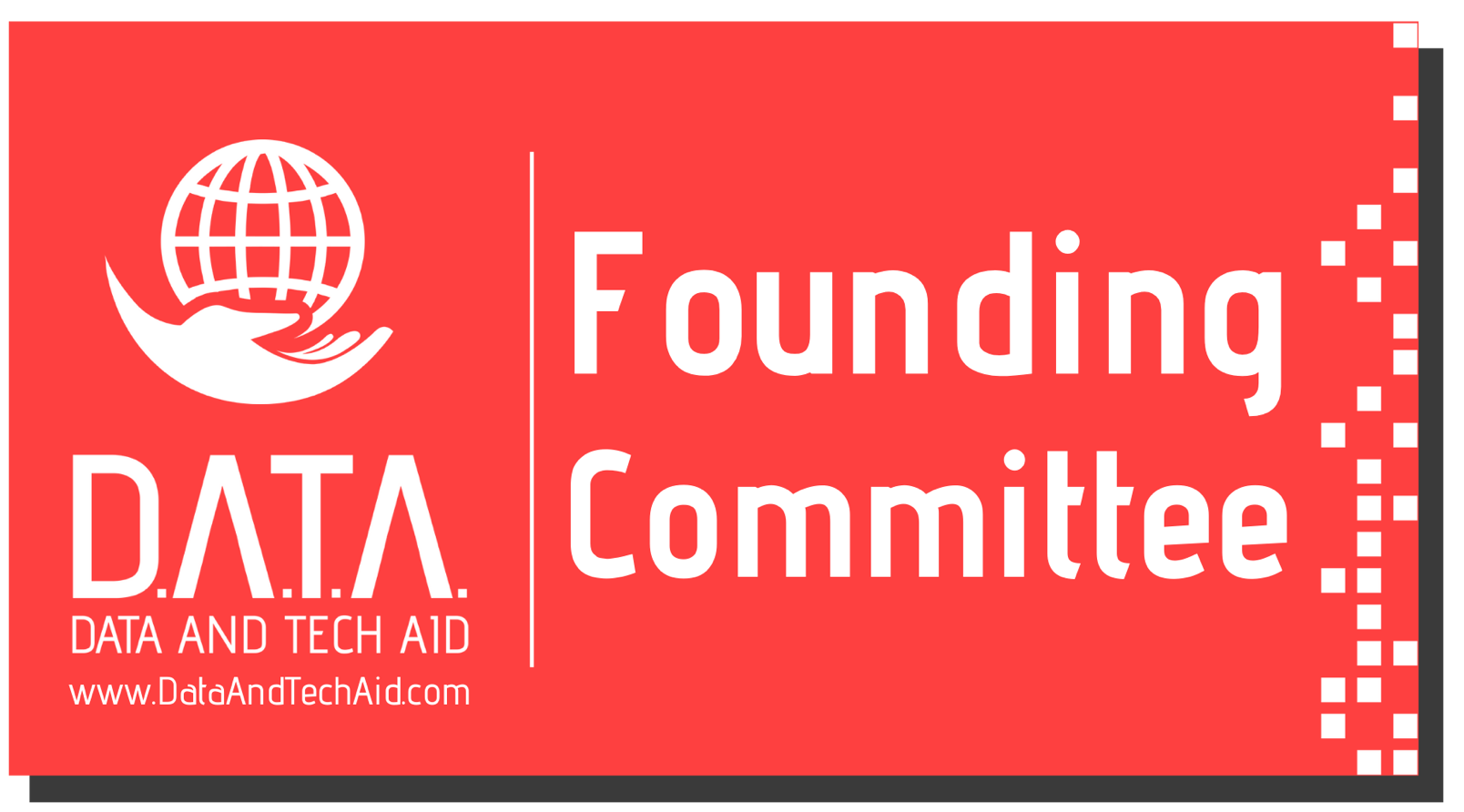The 7 Potential Benefits of Having a Data Glossary or Data Catalogue
/Is harnessing the power of a Data Glossary or Data Catalogue the key to unlocking the true potential of your data endeavours?
In today's data-driven world, businesses and organisations are constantly generating and dealing with vast amounts of data. This deluge of information can be overwhelming, making it challenging for employees to understand and utilise the data effectively, often leading to confusion and inefficiency.
While it may feel like a bit of a time and monetary investment, the implementation of a Data Glossary or Data Catalogue can significantly enhance an organisation's data management capabilities, leading to improved efficiency, better decision-making, and enhanced collaboration, allowing the true potential of the data to be unlocked.
Sadly, a lot of organisations implement a Data Glossary or Data Catalogue as “best practice” as part of a Data Governance initiative without really understanding the value you can get from having one. So what are these benefits you can achieve?
Listed below are those that I have seen my clients achieve over the years:
1. Enhanced Communication and Efficiency
One of the key advantages of having a Data Glossary or Data Catalogue is the ease of communication it brings. Everyday actions like responding to enquiries become straightforward, with a simple reference to the glossary or catalogue to make sure that you use the correct data. This saves time and effort, as employees no longer have to spend significant portions of their work hours searching for data.
By providing a centralised repository of all available datasets with detailed descriptions, users can quickly identify the data they need without wasting time searching through various sources, leading to increased productivity and reduced operational costs.
2. Clarity and Consistency in Data Terminology
In the modern business landscape, confusion around data terminology is a common issue. Different departments might use varying terms for the same data elements, leading to misunderstandings and inconsistencies. With a Data Glossary or Catalogue, everyone within the organisation can adhere to uniform data definitions and understand the context in which specific terms are used. This promotes a data-literate culture, wherein employees are better equipped to comprehend data, ask meaningful questions, and draw accurate insights.
3. Improved Data Quality
A Data Glossary or Data Catalogue also acts as a repository for metadata, providing essential information about each dataset, including its source and quality metrics. By maintaining a comprehensive record of data lineage and quality assessments, data users can assess the reliability of the data they are working with. This, in turn, helps improve data quality as potential issues are identified and addressed promptly.
4. Enhanced Compliance
Data governance is crucial for ensuring compliance with many regulatory requirements. A well-organised Data Glossary or Data Catalogue can help meet regulatory requirements. It enables data stewards and administrators to monitor and ensure that sensitive data is appropriately handled and regulations are adhered to.
While Data Governance and Data Protection are not the same thing, with increasing data privacy regulations, such as GDPR and CCPA, organisations must respond to Subject Access Requests (SARs) promptly and accurately. SARs involve providing individuals with information about the personal data the organisation holds about them and how it is being processed. A Data Catalogue simplifies this process by providing a comprehensive inventory of data assets and their locations. Identifying the data relevant to a specific request becomes much easier and faster, saving time and avoiding potential legal complications.
5. Empowering Data-Driven Decision Making
Data is a valuable asset, and understanding its value is essential for making informed business decisions. Data Glossaries and Data Catalogues support data analysts by providing a detailed understanding of available datasets and their context. This knowledge enables analysts to perform more accurate and meaningful data analysis, leading to better-informed decision-making.
6. Facilitating Data Collaboration and Knowledge Sharing
In organisations with diverse teams and departments, data collaboration is vital for achieving meaningful insights. A Data Glossary or Data Catalogue encourages knowledge sharing by facilitating communication and collaboration among data users. The tool becomes a hub for exchanging ideas, insights, and best practices related to data analysis, fostering a data-driven culture throughout the organisation.
7. Streamlined Onboarding and Training
In all organisations, data plays a crucial role, but new employees often face a steep learning curve when it comes to understanding the complex data landscape. A well-maintained Data Glossary or Data Catalogue simplifies the onboarding process by offering a comprehensive overview of data assets, reducing the time required for new hires to get up to speed and start contributing effectively.
The benefits of implementing a Data Glossary or Data Catalogue are clear: enhanced data understanding, communication and efficiency, data quality, and decision-making. As data continues to grow in volume and complexity, having a robust data governance strategy that includes a Data Glossary or Data Catalogue becomes more critical than ever. By investing in these tools, businesses can harness the full potential of their data, gaining a competitive advantage in today's fast-paced and data-centric landscape.
What do you think? Are you already benefitting from a Data Glossary or Data Catalogue, or do you think your organisation should think about implementing one? Let me know in the comments below.
Don't forget if you have any questions you’d like covered in future videos or blogs please email me - questions@nicolaaskham.com.
Or, if you’d like to know more about how I can help you and your organisation with implementing a Data Glossary, Data Catalogue or other data needs then please book a call using the button below.









